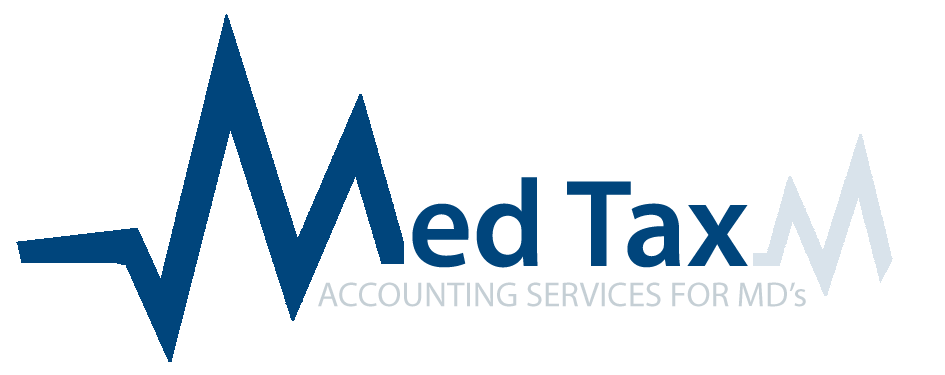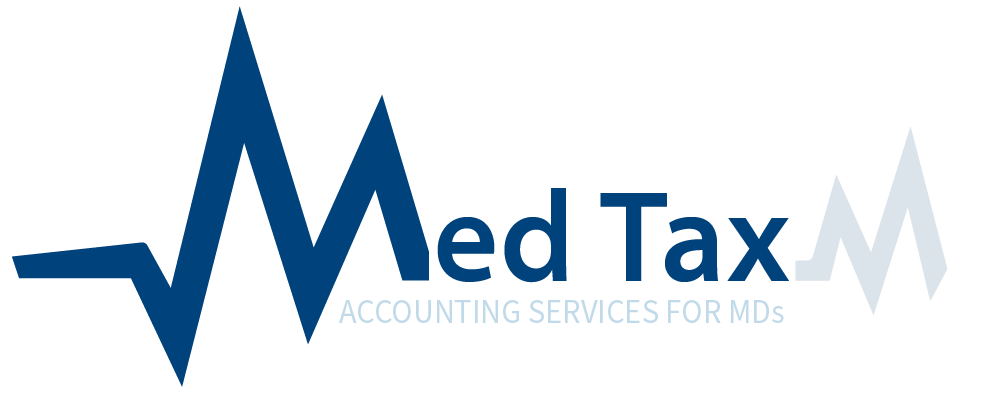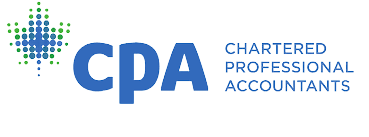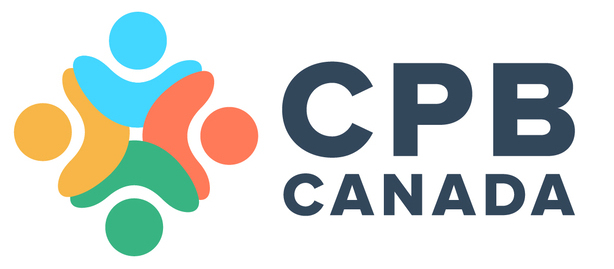Entering practice as a new physician marks an exciting transition from years of study to real-world impact. But with higher income and complex financial decisions comes another layer of responsibility: tax planning.
At MedTax, we’ve noticed a consistent pattern—new doctors, understandably focused on launching their careers, often fall into the same tax planning traps. This guide outlines the most common mistakes and how to avoid them with confidence.
Mistake 1: Incorporating Too Soon or Waiting Too Long
Incorporation is often touted as a tax-saving must, but timing matters. New physicians sometimes incorporate before they’re earning enough to benefit, or wait too long and miss out on early savings.
Incorporation can reduce your overall tax burden if:
- You earn significantly more than you spend.
- You plan to reinvest or retain some income inside the corporation.
- You want access to tax-efficient investment strategies down the line.
If you’re spending most of what you earn to cover living expenses or repay loans, the benefits may not outweigh the administrative and accounting costs yet. A personalized assessment with a tax specialist is essential to determine when incorporation makes sense based on your province and career stage.
Mistake 2: Misapplying Income Splitting Rules
One of the most misunderstood strategies among new doctors is income splitting with family members. While the idea of distributing dividends or salaries to lower-tax-bracket family members seems logical, the Tax on Split Income (TOSI) rules complicate this significantly.
TOSI applies strict limitations to most income-splitting attempts unless specific exceptions apply. These might include:
- A spouse over age 65 in a retirement planning context.
- A spouse who works at least 20 hours per week in the practice.
- A spouse who holds 10% or more of votes and value in a non-service corporation, which usually excludes professional corporations.
- An adult family member (over age 18) receiving salary that would be considered reasonable for the work performed — meaning the compensation would be similar to what would be paid to a third party for the same duties.
There are several key exemptions, including:
- Excluded Business
If the individual is actively engaged (generally 20 or more hours per week) in the business during the current year or for at least five previous years.
- Excluded Shares
For individuals aged 25 or older, where the income comes from shares that represent at least 10% of both the votes and value of the corporation, provided that:
- The corporation earns less than 90% of its income from services,
- And it is not a professional corporation (such as a medical or legal practice).
- Reasonable Return
For those aged 25 and older, income may be excluded from TOSI if it reflects a reasonable return based on:
- Work performed
- Capital contributed
- Risks assumed
- Other relevant factorsRetirement Income Splitting
Income such as eligible pension income or amounts received from a spouse’s business may be exempt if the individual has retired after significantly contributing to that business.
- Inherited Property
Income earned from inherited property is generally exempt from TOSI if the income wouldn’t have been subject to TOSI in the hands of the deceased.
In most cases, failing to comply with TOSI can result in your family member being taxed at the highest marginal rate. Understanding the rules before distributing funds can prevent costly mistakes.
Mistake 3: Relying Exclusively on Dividends
Many incorporated doctors opt to take only dividends from their corporation. This might seem efficient—after all, dividends don’t trigger Canada Pension Plan (CPP) contributions—but this approach can limit your long-term planning options.
Why salary still matters:
- Salary creates RRSP contribution room.
- It qualifies you for CPP, which offers a reliable retirement income stream.
- It’s deductible to your corporation, potentially lowering its tax bill.
In most cases, a blended approach that includes both salary and dividends is optimal. The right balance depends on your income level, retirement goals, and available deductions, as well as provincial payroll taxes such as Ontario’s Employer Health Tax or Manitoba’s Health and Education Levy.
Mistake 4: Underutilizing RRSPs and TFSAs
Some new physicians, particularly those who have incorporated, deprioritize personal registered accounts like RRSPs and TFSAs. However, these accounts offer tax-sheltered growth and play an important role in a balanced long-term strategy.
Key considerations:
- RRSPs provide an immediate deduction and defer tax until retirement.
- TFSAs allow for tax-free growth and withdrawals, with no impact on future benefits.
- Only salary income creates RRSP room, so dividend-only strategies reduce access to this benefit.
Incorporated physicians should coordinate corporate and personal income planning to maximize both short-term tax efficiency and long-term wealth building.
Mistake 5: Setting Up a Holding Company Without a Clear Objective
Holding companies are often marketed as a smart way to build wealth or split income, but they come with additional complexity and aren’t always necessary for early-career physicians.
A holding company may be helpful if:
- You’re accumulating significant retained earnings not required for short-term use.
- You want to isolate investments from your active practice.
- You’re engaging in estate planning or creditor protection strategies.
That said, TOSI doesn’t apply to holding companies in the same way it applies to medical professional corporations (MPCs), but it still doesn’t provide a universal workaround. For many new physicians, the added cost and compliance burden outweigh the benefit. It’s a solution worth considering later in your career, not at the outset.
Mistake 6: Purchasing Permanent Life Insurance Too Early
Tax-exempt life insurance policies, like whole life or universal life, are sometimes marketed as investment vehicles for incorporated doctors. While these can offer tax-efficient growth and estate planning benefits, they’re not ideal for everyone—especially not early in your career.
Permanent insurance is generally more appropriate when:
- You’ve maximized your RRSP, TFSA, and corporate investment opportunities.
- You have surplus cash in the corporation.
- You have long-term estate planning needs.
For new physicians, term life insurance is often the better option. It’s affordable and provides essential protection without the long-term commitment or high upfront costs of permanent policies.
The Takeaway: Start Smart, Grow Strategically
Early-career tax planning doesn’t need to be overwhelming—but it does require guidance tailored to your profession, income, and goals. By avoiding common missteps and building a thoughtful strategy early on, you’ll set yourself up for long-term financial success.
At MedTax, we specialize in tax strategies that make sense for physicians in your province. Whether you’re just starting out or growing your practice, our team is here to help you navigate tax planning with clarity and confidence.
Ready to make smarter financial decisions?
Connect with us at MedTax.ca and learn how to build a strategy that supports both your medical practice and your personal future. Get a free 15-minute consultation today.








